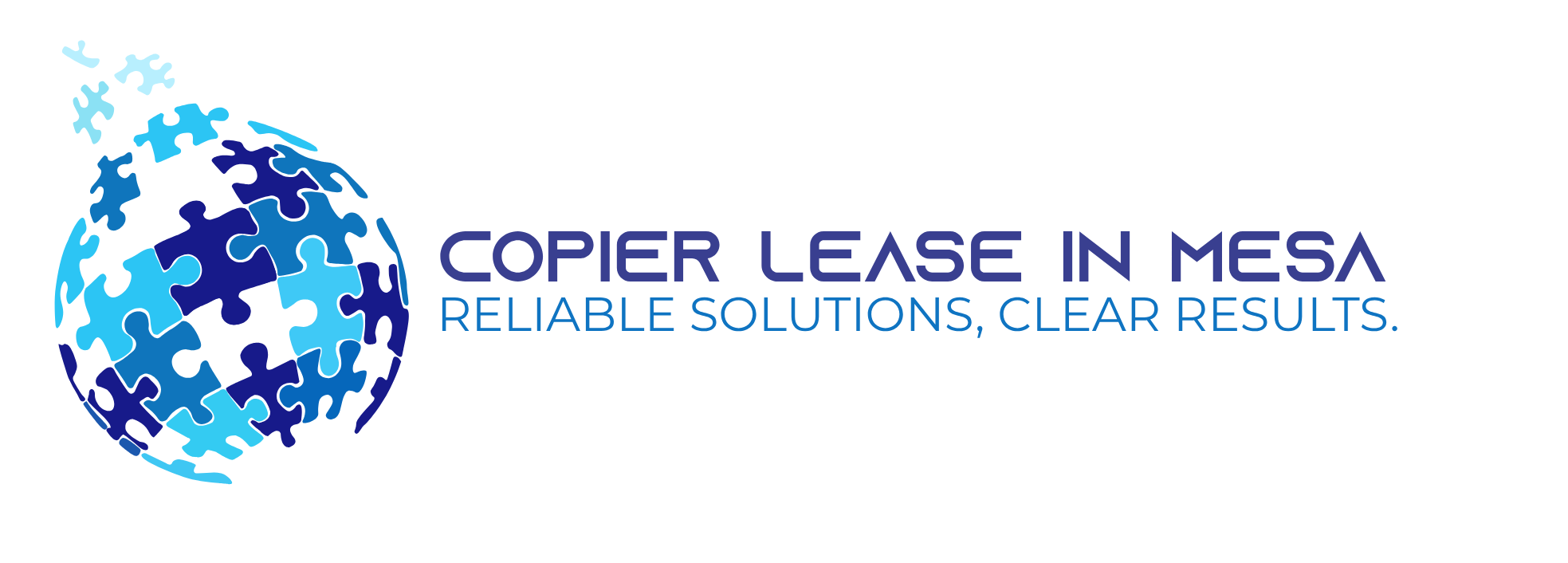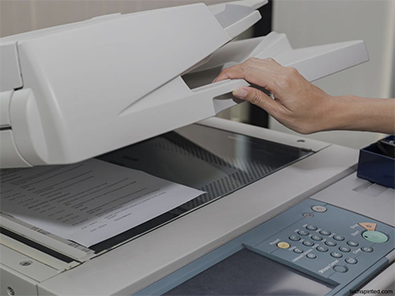In today’s fast-paced digital world, printing remains an essential aspect of many businesses and households. Whether it’s documents, reports, or marketing materials, having a clear understanding of your monthly print volume is crucial for efficient resource management and cost optimization. In this blog post, we will explore what monthly print volume is, why it matters, and how you can effectively manage your printing needs.
What is Monthly Print Volume?
Monthly print volume refers to the number of pages that are printed within a given month. It is an important metric that helps gauge the scale of your printing requirements and informs decisions regarding printer selection, consumable management, and overall budget planning.
Why Does Monthly Print Volume Matter?
Understanding your monthly print volume is essential for several reasons:
Resource Planning:
By knowing your monthly print volume, you can accurately plan and allocate resources such as printers, paper, and ink or toner cartridges. This helps ensure that you have the necessary equipment and supplies on hand to meet your printing demands without disruptions.
Cost Optimization:
Monitoring your monthly print volume enables you to optimize your printing costs. For instance, if you have a low print volume, investing in a high-volume printer or maintaining an excessive inventory of consumables may lead to unnecessary expenses. On the other hand, a high print volume may warrant investing in more efficient printers or opting for cost-effective consumable options.
Maintenance and Repairs:
Knowing your print volume allows you to schedule maintenance and repairs effectively. Printers with high print volumes may require more frequent servicing to ensure optimal performance, while those with low print volumes can be maintained accordingly. This proactive approach helps extend the lifespan of your printers and minimize downtime.
Managing Your Monthly Print Volume:
Track Printing Activity:
Keep a record of your printing activity by monitoring the number of pages printed each month. Most printers offer internal tracking features or software that can provide detailed usage reports. By regularly reviewing this data, you can identify any patterns, trends, or changes in your print volume.
Optimize Print Settings:
Optimizing print settings is an essential aspect of managing your printing needs and reducing printing costs. Here are some tips to help you optimize your print settings:
Select the Right Print Quality: Choosing the right print quality can significantly affect your printing costs. Higher-quality prints consume more ink or toner, while lower-quality prints use less ink or toner. Therefore, choose the print quality that matches your needs.
Adjust Color Settings: If you’re printing documents that don’t require color, consider switching to black-and-white printing. This can save on both ink and toner costs. Additionally, you can adjust color saturation settings to find the right balance between print quality and ink usage.
Preview Before Printing: Preview your document before printing to ensure you only print what’s necessary. This helps reduce unnecessary waste and saves on printing costs.
Use Draft Mode: Many printers come with a draft mode setting, which prints quickly and uses less ink or toner. Use this mode when printing internal documents that don’t require high-quality prints.
Implement Print Policies:
Establish clear print policies within your organization or household. Encourage employees or family members to print only when necessary and promote digital alternatives where applicable. Setting guidelines for responsible printing practices helps reduce unnecessary print volume.
Choose the Right Printer:
Select a printer that aligns with your monthly print volume. Inkjet printers are often suitable for low to moderate print volumes, while laser printers are more efficient for high-volume printing. Consider factors like speed, cost per page, and maintenance requirements when choosing the right printer for your needs.
Plan Ahead:
Based on your historical print volume data, forecast your future print requirements. This allows you to anticipate any changes in demand and make informed decisions about printer upgrades, consumable orders, or maintenance schedules.
Conclusion:
Understanding your monthly print volume empowers you to make informed decisions about printer selection, resource allocation, and cost management. By tracking, optimizing, and managing your printing needs, you can streamline operations, reduce expenses, and promote sustainability. Regularly review your print volume, implement efficient printing practices, and embrace technology to maximize the benefits of printing while minimizing its impact on your resources and budget.




